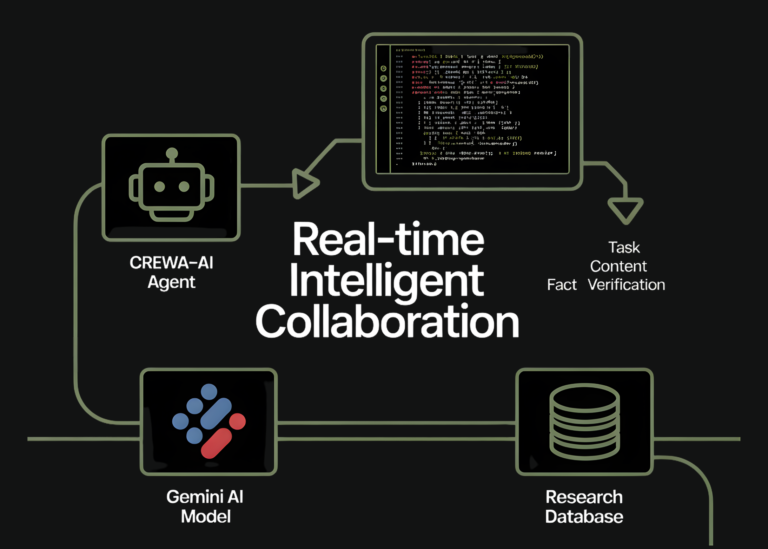AI Tools for Generating Synthetic Video Content: Revolutionizing Modern Marketing
In the dynamic world of digital marketing, video content has become a cornerstone of engagement, storytelling, and brand communication. However, creating high-quality videos often demands significant time, resources, and expertise. Enter synthetic video content—generated using artificial intelligence (AI) technologies like deep learning, generative adversarial networks (GANs), and neural rendering—to transform how brands produce and deploy video materials. These tools are not only streamlining workflows but also redefining creativity, personalization, and efficiency in marketing strategies. Let’s explore the rise of AI-driven synthetic video content and its implications for the industry.
What is Synthetic Video Content?
Synthetic video content refers to videos created entirely or partially by AI, often without the need for traditional filming. These tools use algorithms to generate lifelike videos from text, images, or even audio inputs. Technologies like GANs and transformer models enable AI to synthesize realistic human avatars, animate scenes, or edit footage, blurring the line between human-created and machine-generated content. The result? Cost-effective, scalable, and highly customizable videos that can be tailored to specific audiences or campaigns.
Top AI Tools for Synthetic Video Generation
Several platforms are leading the charge in synthetic video creation, each offering unique features to suit different marketing needs:
-
Synthesia
A pioneer in AI video generation, Synthesia allows users to create videos with virtual avatars using text-to-speech and natural language processing. Marketers can generate multilingual videos quickly, ideal for global campaigns or personalized customer outreach. -
RunwayML
Known for its intuitive interface, RunwayML combines AI with creative tools to enable video editing, animation, and content generation. Its "Gen-2" model can create videos from text prompts, making it a favorite for ad creatives and content creators. -
Pictory
Focuses on transforming written content into engaging videos. By converting blog posts or scripts into short, visually compelling clips, Pictory helps marketers repurpose content efficiently for social media and email campaigns. -
Lumen5
A user-friendly platform that uses AI to turn text into animated videos. It’s particularly popular for creating explainer videos, social media content, and presentations with minimal effort. -
InVideo
Offers a range of AI-powered features, including auto-captioning, voiceovers, and scene generation. Its templates and drag-and-drop tools cater to marketers looking to create professional videos without advanced technical skills. - Eleven Labs (Voice Synthesis)
While not a video tool per se, Eleven Labs’ AI voice generation complements synthetic video workflows by creating realistic voiceovers for avatars or animations.
Why Synthetic Video is a Game-Changer for Marketing
-
Personalization at Scale
AI tools can generate unique video versions for different demographics or audiences. For example, a single script can be adapted into multiple languages or customized with localized examples, ensuring relevance without manual effort. -
Speed and Efficiency
Traditional video production can take days or weeks. AI tools reduce this to minutes. A marketers can draft a script, input it into a platform like Pictory, and have a video ready in seconds, ideal for time-sensitive campaigns. -
Cost Reduction
Eliminating the need for physical shoots, actors, or extensive post-production saves money. Startups and small businesses can now compete with larger brands by leveraging affordable AI solutions. -
Creative Flexibility
From virtual influencers to animated storytelling, synthetic videos open new creative avenues. Tools like RunwayML allow experimentation with visual effects, transitions, and styles that might be impractical in real-world production. - Accessibility
These platforms democratize video creation, enabling non-experts to produce professional-quality content. This lowers the barrier to entry for brands with limited resources.
Applications in Marketing
- Social Media Campaigns: Short, engaging videos for platforms like Instagram, TikTok, or LinkedIn, tailored to audience preferences.
- Product Demos: AI-generated tutorials or showcase videos that highlight features without relying on live footage.
- Customer Testimonials: Synthesizing realistic customer stories from text or audio inputs, creating relatable content quickly.
- Training and Onboarding: Customizable instructional videos for employees or customers, reducing the need for physical training sessions.
- Ad Campaigns: Dynamic ads that adapt visuals and messaging based on user data, improving relevance and conversion rates.
For instance, a global e-commerce brand might use Synthesia to create localized product videos for different regions, ensuring cultural relevance while maintaining a consistent message.
Challenges and Considerations
Despite its benefits, synthetic video content isn’t without hurdles:
- Quality and Authenticity: While AI has improved dramatically, some videos may still lack the nuanced authenticity of human-created content. Marketers must review outputs rigorously.
- Ethical Risks: Deepfakes and AI-generated content can be misused for misinformation or deceptive advertising. Transparency is key—disclosing AI-generated elements builds trust.
- Technical Limitations: Current tools may struggle with complex scenarios, such as intricate animations or emotionally driven narratives, requiring human oversight.
- Data Privacy: Using AI to generate videos with real-person data (e.g., face swaps) raises privacy concerns. Compliance with regulations like GDPR is essential.
The Future of Synthetic Video in Marketing
As AI advances, we can expect:
- Hyper-Realistic Avatars: More lifelike virtual humans that can replicate emotions and gestures, enhancing engagement.
- Integration with AR/VR: Immersive experiences where synthetic videos interact with augmented or virtual environments.
- Real-Time Generation: AI tools that create videos on the fly based on user input or live data, such as personalized product recommendations.
- Enhanced Collaboration: AI acting as a creative assistant, suggesting edits, optimizing scripts, or even generating storyboards.
Conclusion
AI-powered synthetic video tools are reshaping marketing by enabling faster, cheaper, and more personalized content creation. While challenges like authenticity and ethics remain, their potential to amplify creativity and efficiency is undeniable. As these technologies evolve, marketers who embrace them will gain a competitive edge, unlocking new ways to connect with audiences in an increasingly visual world. The future isn’t just about video—it’s about smart video, crafted by artificial intelligence to captivate, inform, and convert.







